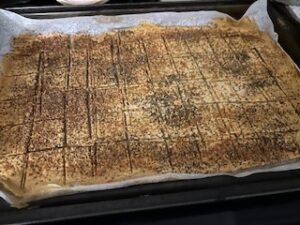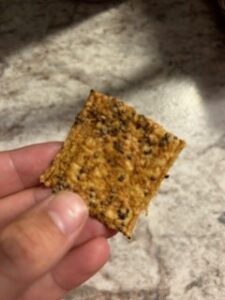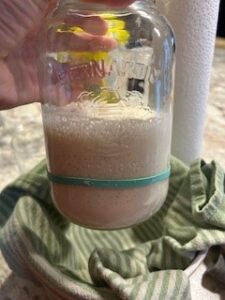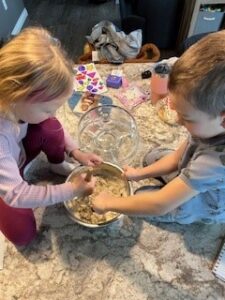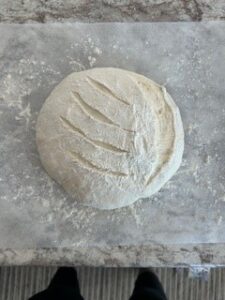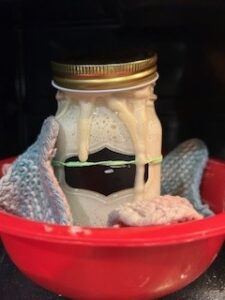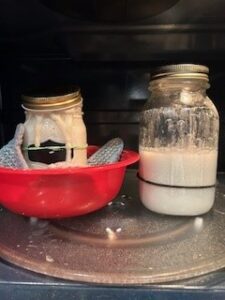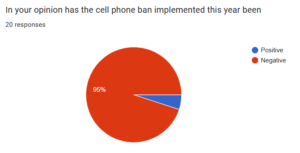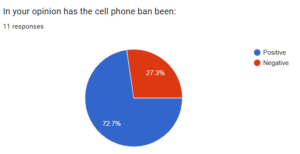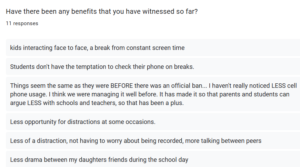I apologize for the late post, but I ended up watching all of the videos because they were incredibly engaging. They sparked so many thoughts and emotions, and I found myself deeply reflecting on the impact of social media, not just on myself but on my entire family.
One of the most eye-opening moments for me was watching The Social Dilemma with my whole family. As we sat together, we all had to acknowledge how deeply intertwined our lives had become with our phones. Even my brother, a true Gen Z, admitted to being completely reliant on his device. I started paying closer attention and noticed that his phone was always within arm’s reach—whether we were eating, talking, or even just relaxing. He had even paid extra to have data while traveling in the U.S. so he could remain connected at all times.

This realization quickly turned into a deep concern for my own children, particularly my six-year-old daughter. She has already started asking for a phone, and my mind spiraled into all the challenges that will inevitably come the day she does get one. How do my husband and I prepare for this? How do we ensure she is using technology responsibly, safely, and in a way that enhances her life rather than harming it?
One of the videos that hit me hardest was the study on children and social interactions on the playground. It was heartbreaking to watch. My daughter, who is only in grade one, has already experienced emotional distress at school. This year, she came home in tears after another girl told her she didn’t matter. As a mother, hearing those words shattered me. It made me realize just how vulnerable she is now, and how much more challenging it will become when she enters the world of social media. The reality is, the internet and these platforms are not going anywhere. Instead of fearing them, my husband and I need to learn how to navigate them alongside our children, ensuring they develop resilience and digital literacy to protect themselves in the online world.
However, amidst the concerns, there are moments that showcase the positive side of social media. Recently, my daughter found a bracelet in a flower bed that had a small tag attached. It was part of a random act of kindness movement, encouraging the finder to pay it forward and then share a smiling picture on a Facebook page. This small moment was such a refreshing reminder that while social media has its dangers, it can also be a tool for spreading kindness and positivity. If we are intentional in how we engage with it, we can shape our experiences to be more uplifting rather than harmful.

But the dark side of social media is undeniable. This year, I received one of the most difficult phone calls of my career. A student of mine had reached out to the Kids Help Phone, expressing suicidal thoughts. The next morning, their mother called me, explaining how the police had arrived at their home and that her child had been struggling immensely. While I was heartbroken to hear about their pain, I was also incredibly grateful that they had reached out for help. Thankfully, with the support of their family and resources, they are now thriving. However, this situation highlighted something terrifying—this student had been excluded from group chats and was experiencing severe social isolation. Social media had become a space where they felt left out, rather than included.
One of the scariest aspects of social media is that it is inescapable. When I was in middle school, I could leave school at the end of the day, retreat to the safety of my home, and get a break from any drama or social pressures. Today’s kids do not have that privilege. The bullying, the exclusion, the comparison—it follows them 24/7. There is no true escape, and that is something we, as educators and parents, need to take seriously. One of the videos highlighted the importance of teaching young people how to resolve conflict, and I couldn’t agree more. If we do not equip our children with these skills, they will be left to navigate the complexities of digital interactions without the tools they need to do so safely and effectively.
After watching these videos, I am motivated to make changes in my own life. I plan to set time limits for myself on social media and be more conscious of how I engage with these platforms. The algorithms that control our feeds are powerful and, in many ways, still unknown. They are designed to keep us hooked, and I do not want to fall further into that trap. I feel nervous about the future of social media, but at the same time, I am grateful to be more educated. This knowledge allows me to educate others—my students, my children, and my peers.
In conclusion, social media is a double-edged sword. While it offers incredible opportunities for connection, education, and kindness, it also presents significant challenges that cannot be ignored. As parents and educators, it is our responsibility to ensure that children are not only aware of the risks but also equipped with the skills they need to navigate this digital world safely. The key is balance—embracing the positives while actively working to minimize the negatives. Moving forward, I am committed to being more mindful of my own usage, advocating for healthier online habits, and helping young people develop the resilience they need to thrive in an increasingly connected world.
Karissa 🙂



